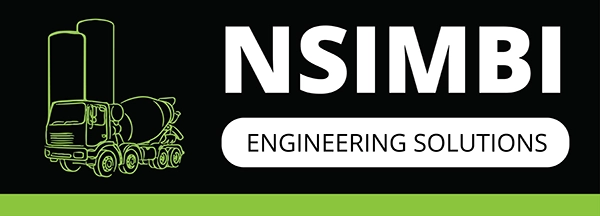Cement batching plants are the heart of the construction industry, providing the ready-mix concrete essential for various projects. A key component of these plants is the conveyor system, which plays a vital role in ensuring the efficient and precise transportation of raw materials within the plant. In this article, we’ll delve into the functionality, types, and maintenance of conveyor systems in cement batching plants, emphasizing their importance in the concrete production process.
Functionality of Conveyor Systems
Conveyor systems in cement batching plants are engineered to move raw materials such as aggregates, sand, cement, and other additives from storage areas to mixing units. These systems are crucial for maintaining a continuous and efficient production flow, ensuring that materials are delivered accurately and consistently to the mixing units.
A typical conveyor system consists of several key components:
– Belts or Rollers: These transport the materials along a predetermined path.
– Motors: Provide the necessary power to move the materials.
– Pulleys: Guide and support the belts, ensuring smooth operation.
– Control Systems: Synchronize the entire process, optimizing efficiency and precision.
By automating the transportation of large volumes of materials, conveyor systems minimize manual handling, reduce the risk of spillage and contamination, and ultimately improve the overall efficiency of the batching plant. This automation ensures that the concrete produced meets the required standards and specifications.
Types of Conveyor Systems
Various types of conveyor systems are used in cement batching plants, each designed to meet specific needs and conditions:
1. Belt Conveyors: The most common type, belt conveyors, consist of a continuous loop of belts made from materials like rubber or fabric. They are ideal for transporting aggregates and other bulk materials over long distances within the plant.
2. Roller Conveyors: Roller conveyors use a series of rollers to move materials along a set path. They are typically employed for transporting heavy or large materials that belt conveyors cannot handle. Depending on the application, roller conveyors can be powered or gravity-driven.
3. Screw Conveyors: Featuring a rotating helical screw blade, known as a flighting, screw conveyors move materials with precision and control. They are particularly effective for transporting fine materials such as cement and fly ash.
4. **Bucket Elevators**: These conveyors use buckets attached to a belt or chain to lift materials vertically, making them ideal for moving materials to higher levels within the batching plant, such as from ground level to the top of storage silos.
5. Pneumatic Conveyors: Pneumatic conveyors use air pressure to transport materials through a network of pipes or tubes. They are suitable for moving fine and lightweight materials over both short and long distances, offering flexibility in various parts of the batching plant.
Maintenance of Conveyor Systems
Proper maintenance is essential to ensure the longevity and optimal performance of conveyor systems in cement batching plants. Here are some key maintenance practices:
1. Regular Inspection: Conduct frequent inspections to check for signs of wear and tear, such as frayed belts, damaged rollers, and loose fittings. Early detection of issues allows for timely repairs or replacements, preventing unexpected failures during operation.
2. Lubrication: Regularly lubricate moving parts, such as bearings and pulleys, to ensure smooth operation. Proper lubrication reduces the risk of mechanical failures and extends the life of the conveyor system.
3. Alignment Checks: Ensure that conveyor belts are properly aligned to prevent materials from spilling off the sides. Misaligned belts can lead to uneven material distribution and increased wear on conveyor components.
4. Cleaning: Keep the conveyor system clean by removing any buildup of materials on the belts, rollers, and other components. Regular cleaning prevents blockages and ensures efficient operation.
5. Safety Protocols: Implement and adhere to safety protocols during the operation and maintenance of conveyor systems. Provide proper training for operators and maintenance personnel to handle the equipment safely.
Conclusion
Conveyor systems are indispensable in cement batching plants, providing the automation and efficiency required for transporting raw materials. Understanding the different types of conveyor systems and their specific applications enables better selection based on project requirements. Regular maintenance and strict adherence to safety protocols ensure these vital components function effectively, minimizing downtime and maximizing productivity.
In the demanding environment of a cement batching plant, where precision and efficiency are crucial, the importance of well-maintained and properly utilized conveyor systems cannot be overstated. These systems are essential for producing high-quality concrete, ultimately contributing to the success of construction projects.

